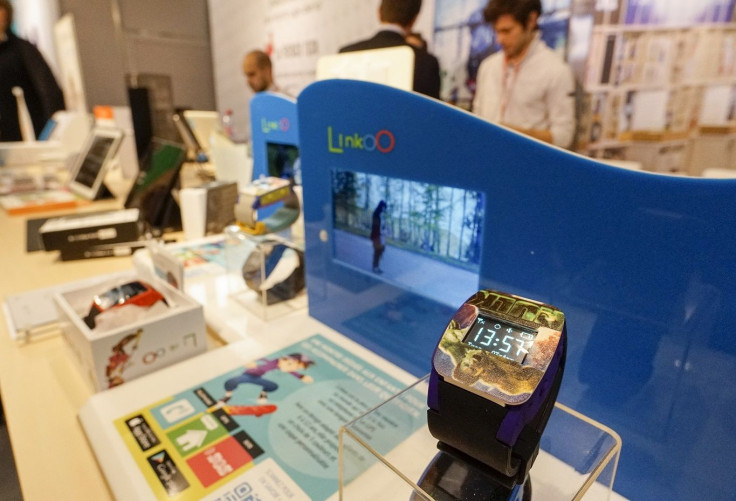The future of IoT shifts to power generation over connecting industries

Much of the hype and trends in the Internet of Things (IoT) space is about consumer and industrial applications and the improvement on hardware, software or even both. Most connected homes are about hardware innovation such as wearables, improving connection and employing robotics and drones.
TechCrunch features three major battlegrounds in the consumer space which include the home, healthcare and industrial applications.
From boosting Internet connection with the use of devices such as routers from Cisco and network extenders such as those from 5BARz International, home improvements for today’s technology-inclined consumers rely on connecting home appliance to the Internet or what is commonly known as connected homes.
GSMA reports that connected homes composed the largest segment in the 2014 IoT market with 25 percent. Furthermore, the study foresees shipment in connected device — from smart appliances, safety and security systems to smart lighting — can hit 1.8 billion units by 2019.
Insights from Mckinsey predict that the application of IoT in the industrial sector will also prove to be a powerful economic force as the industry could deliver US$3.6 trillion to US$11.1 trillion (AU$4.7 trillion to AU$14.5 trillion) each year by 2025. Another 2016 industry report supports this claim, saying there will be over 13 billion connected devices this year and millions are coming online each week.
The impact of consumers shifting to mobile technologies drive industries to adapt and improve services. The healthcare industry is no exception. For instance, the widespread use of mobile technologies paves the way for health advancements and innovations in the healthcare delivery segment. Mobile apps developed can help manage people’s health and wellness. The US Food and Drug Administration estimates 3.4 billion smartphone users and tablets will have downloaded mobile health applications by 2018. Another example is telehealth, which promises improved patient monitoring especially for those in hard-to-reach areas.
On the other hand, the power generation industry is building technologies for an intelligent grid, says the Wall Street Journal. The US federal government’s definition of an intelligent or smart grid generally refers to the technology used to automate electricity and makes it possible to be controlled remotely. The technology used in these systems is the same two-way communication technology and computer processing that has already been used in other industries for decades.
Although experts confirm that the number of technologies that could help build an intelligent grid is formidable, enabling it is possible, according to Digital Service Cloud. Much like a smartphone, smart grid also encourages the computerisation of electric utility grid. Its key feature is automation technology. Before, utility companies employed workers to gather data regarding electricity, consumer’s electric consumption and repair of equipment. The smart grid technology allows the utility control and lets it adjust devices from a remote central location.
This emerging technology brings about enhanced cyber-security and improved handling of sources of electricity ranging from wind to solar power. It also gives consumers control of their electric bill. The technology makes it possible to monitor and adjust energy use through smart metres and home energy management system and even facilitates troubleshooting in real-time. Instead of waiting for the utility worker to fix the device, problems can be solved immediately through retrievable information.
The development of the Internet of Things has changed many industries dramatically. Homes, healthcare and utilities are slowly shifting, prompting companies and startups to be disruptive and to be able to deliver efficient and timely solutions.





















